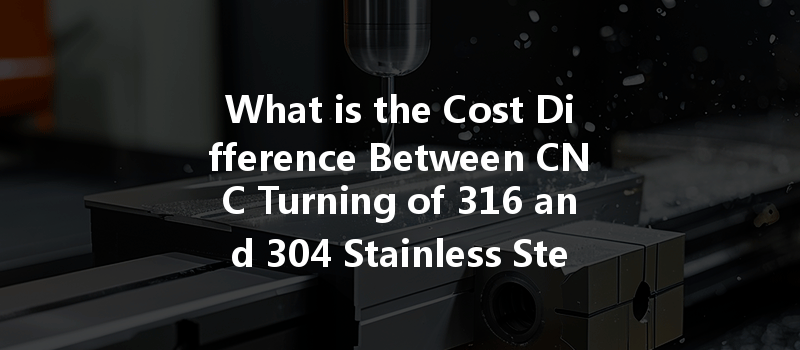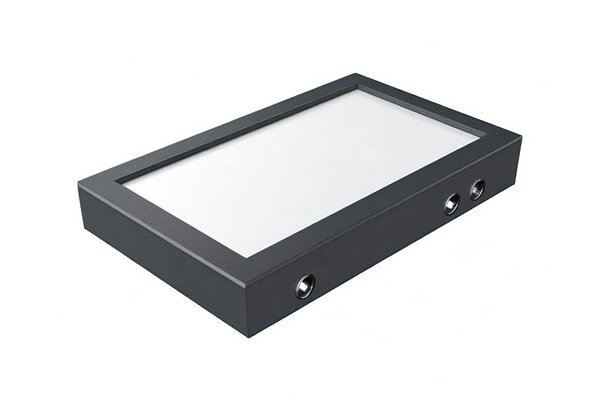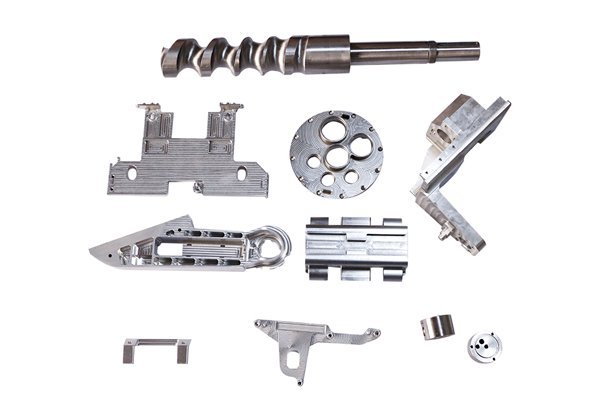Did you know that stainless steel is the industry’s go-to material for more than just its strength? In fact, it boasts a corrosion resistance that is essential in many applications, particularly in environments susceptible to moisture and chemicals. Among the various grades of stainless steel, 304 and 316 are the most prevalent, especially in CNC (Computer Numerical Control) machining projects. Given the crucial role these materials play in manufacturing, understanding the cost differences when CNC turning these grades is vital for businesses.
In this blog, we’ll dive into the specifics of CNC turning for 316 and 304 stainless steel, analyze the cost differences, the factors influencing these costs, and how to make the best selection for your machining needs.
Understanding the Basics: 304 vs. 316 Stainless Steel
Before getting into the cost differences, let’s establish what differentiates these two grades.
Factors Influencing CNC Turning Costs
The costs associated with CNC turning of 304 and 316 stainless steel are not solely based on material prices. Here are crucial elements to consider:
The base price of each stainless steel grade greatly varies. As mentioned, 316 stainless steel’s alloying elements make it pricier. Recently, material costs have fluctuated due to raw material supply chain issues and global market demand. Typically, you might find that 304 stainless steel costs around 10% to 20% less than
2. Machining Difficulty
The inherent properties of the materials affect how they are machined:
The tooling for 316 is usually more specialized due to its toughness. This might lead to higher initial investments but could also result in longer-lasting tools in some cases.
The desired quality of surface finish also brings variation in costs. For example, a polished finish might be more costly due to additional processes involved in the CNC turning stage.
If you are producing parts in bulk, economies of scale can lead to reduced costs per unit, whether you’re working with 304 or
The geographical location of your service provider might also influence costs. Some regions with higher labor costs will have increased machining fees.
Detailed Cost Comparison: 304 vs. 316 Stainless Steel CNC Turning
Let’s break down the potential costs you can expect with both materials based on our earlier discussions:
Base Material Cost per Pound

Estimated Machining Costs
Tooling Costs
Additional Costs (i.e., Surface Finishing)
Varies but typically 10-30% higher for 316 due to additional machining processes.
Solutions to Reduce Costs in CNC Machining
While the material and machining costs will inevitably differ, several strategies can help mitigate these expenses.
Understanding the exact requirements of your project is paramount. Accurate forecasting can reduce last-minute changes that can incur additional charges.
Evaluate your project’s specific needs. If your environment doesn’t require the enhanced properties of 316, opting for 304 can lead to substantial savings.
Invest in high-quality, specialized tooling for machining 316 stainless steel. This could seem counterintuitive, but high-quality tools can lead to longer life spans and reduced replacement costs.
Choosing a CNC provider with a track record of efficiency can greatly impact costs. Ensure they employ the latest technology and have experience with the specific materials you require.
Incorporating lean methodologies can maximize efficiency and reduce waste, resulting in lowered overall costs throughout the machining process.
When comparing the costs of CNC turning for 304 versus 316 stainless steel, several factors come into play, from material pricing to the specific needs of your project. Understanding these differences allows you to make informed decisions that can positively impact your budget and production efficiency.
Ultimately, while 316 stainless steel is more expensive, its enhanced properties may be worthwhile for specific applications. Yet, if the conditions of your project allow, opting for 304 might result in significant cost savings.
In today’s manufacturing landscape, where every penny counts, being knowledgeable about materials, machining processes, and cost-saving strategies can mean the difference between a profitable job and one that strains your financial resources. With this insight, you can make strategic decisions for your CNC machining projects that prioritize both quality and cost-effectiveness.
As the demand for durable, cost-effective solutions grows in various industries, the importance of understanding these aspects of stainless steel machining only becomes more crucial. Whether you’re a seasoned professional or new to CNC machining, keep these insights in mind to fortify your strategic planning for future projects.






